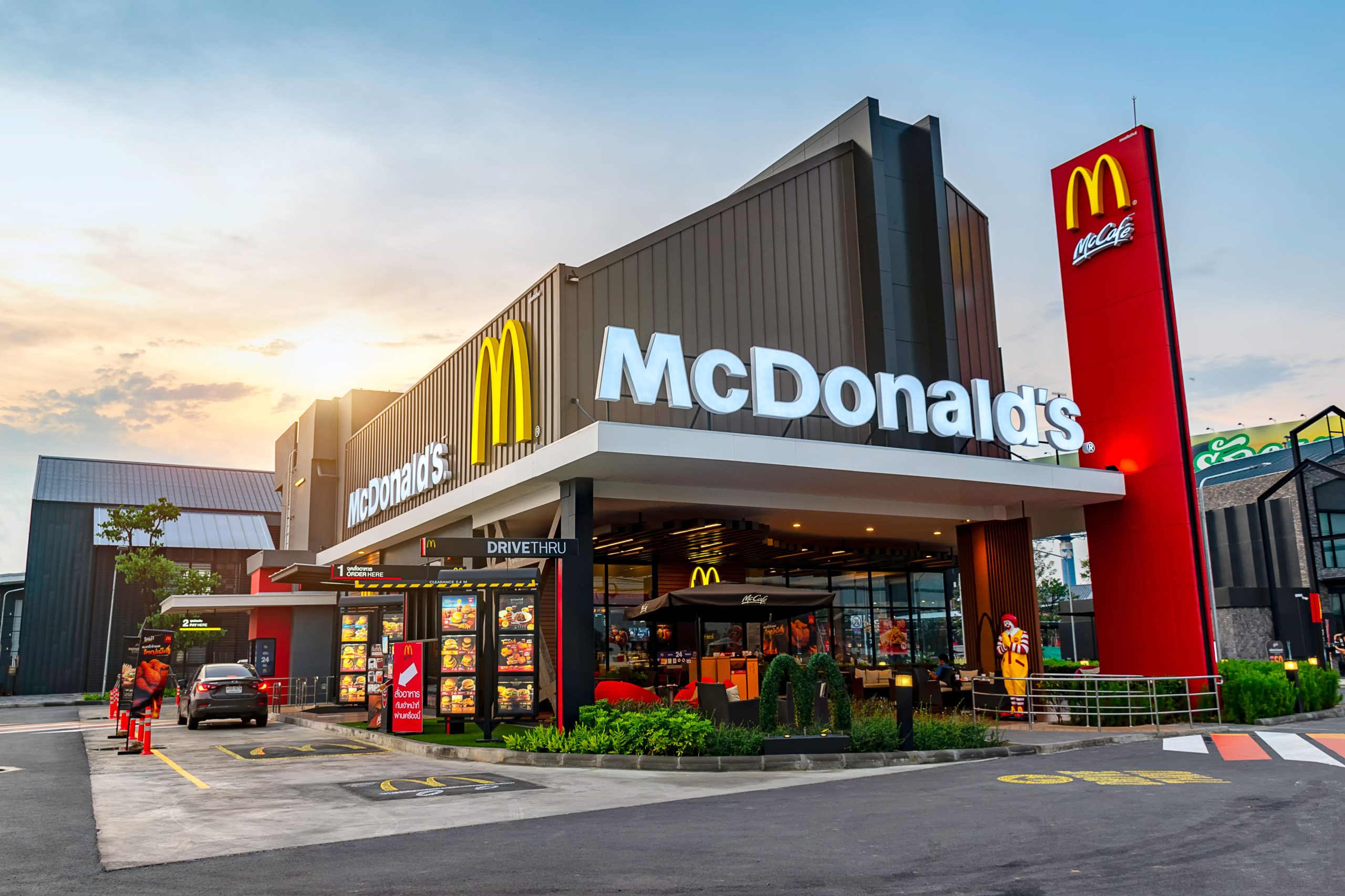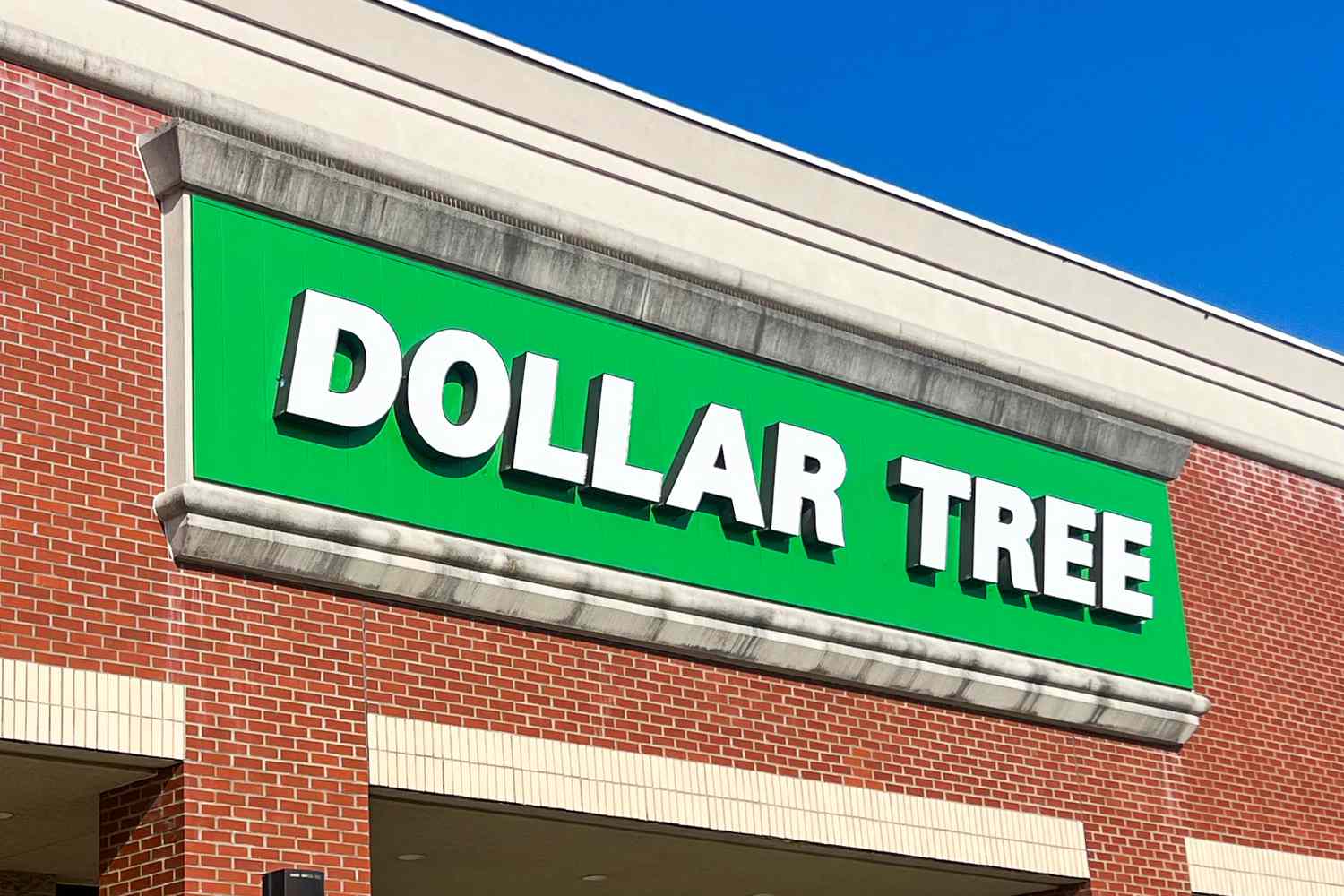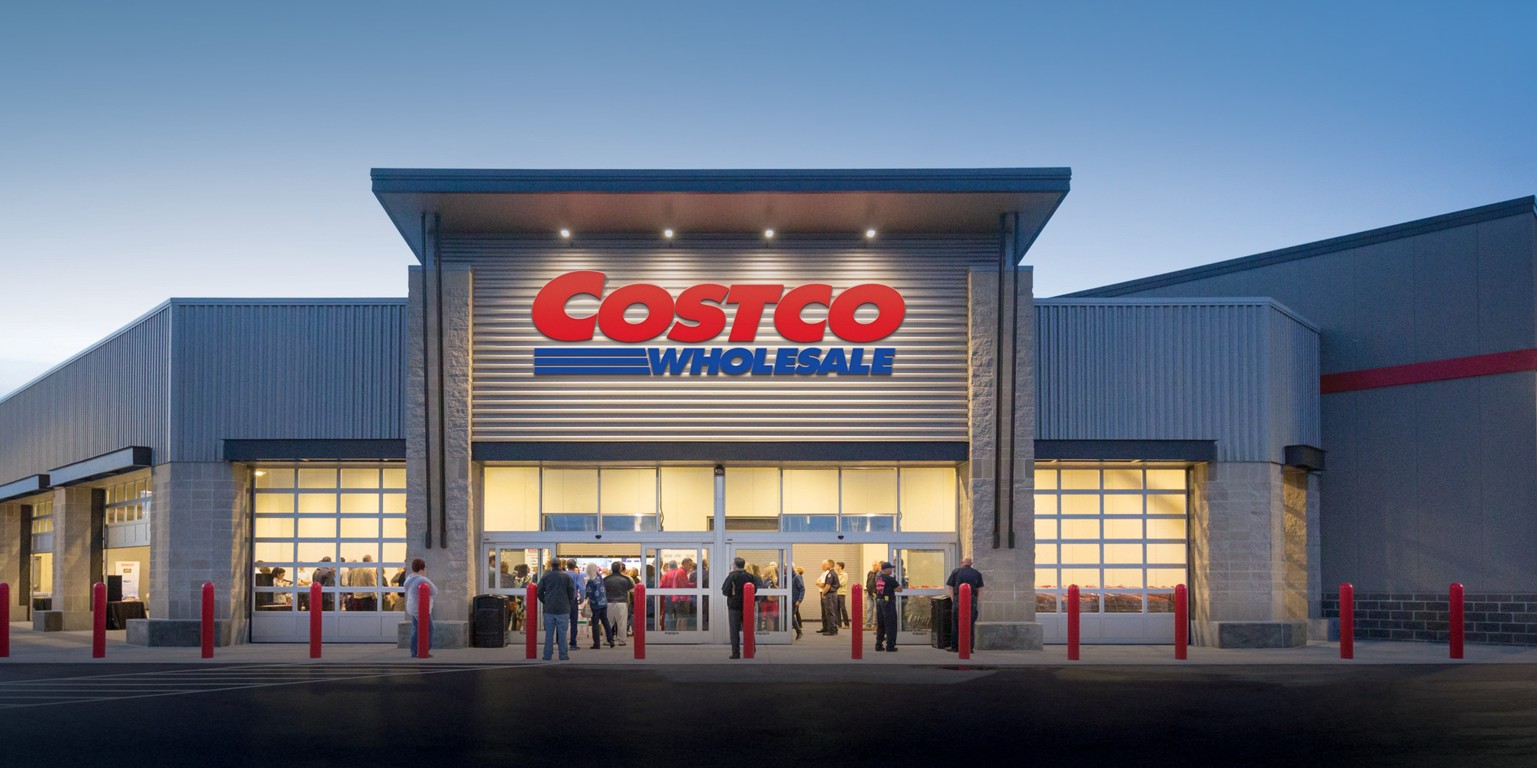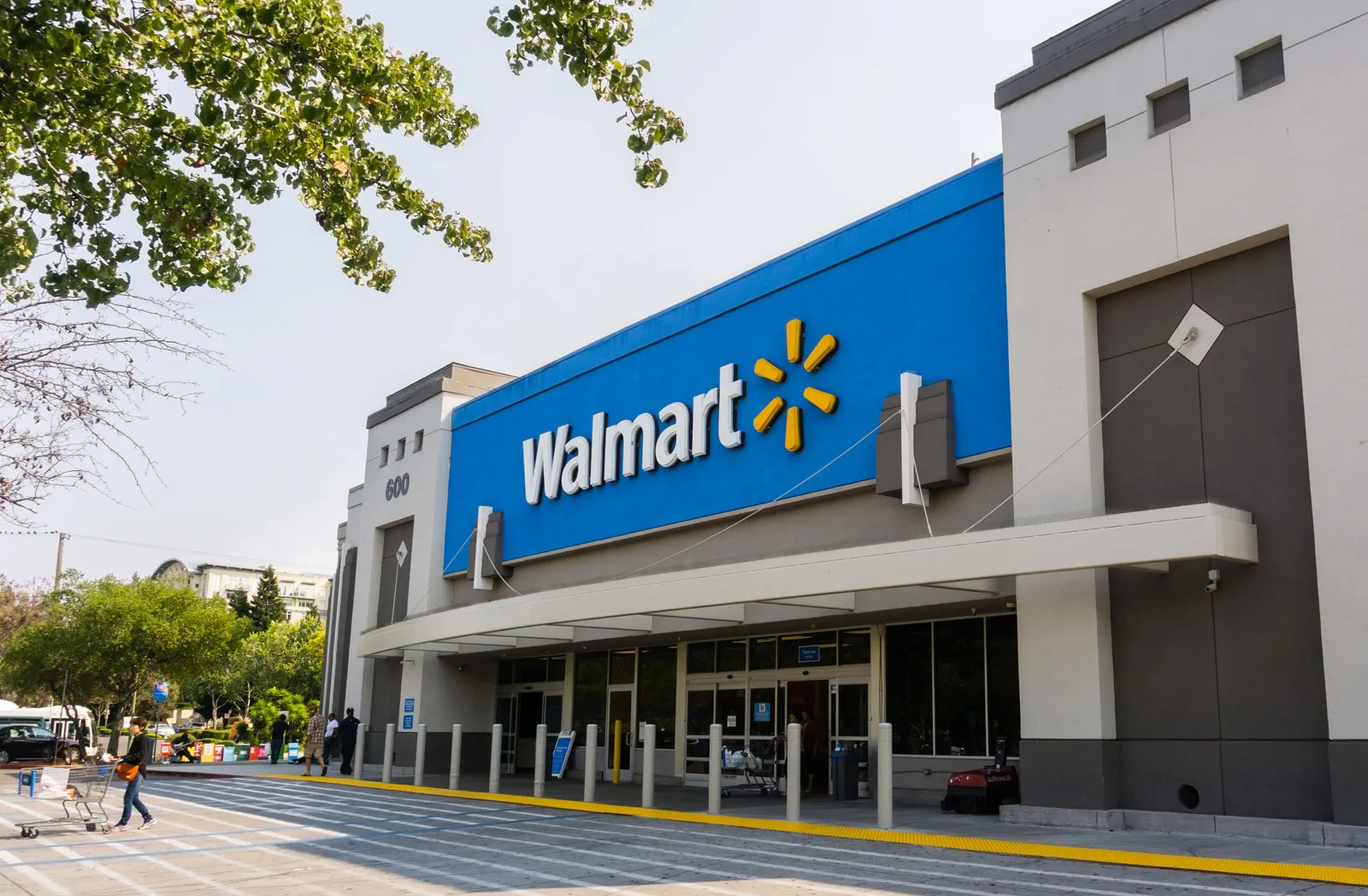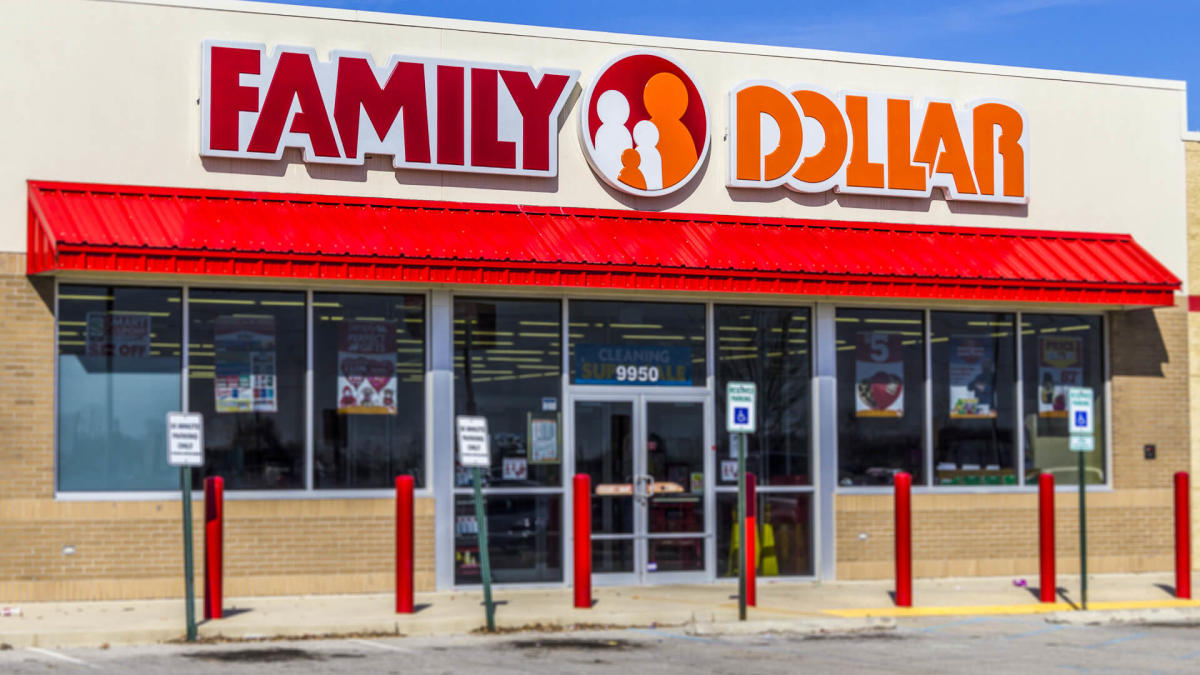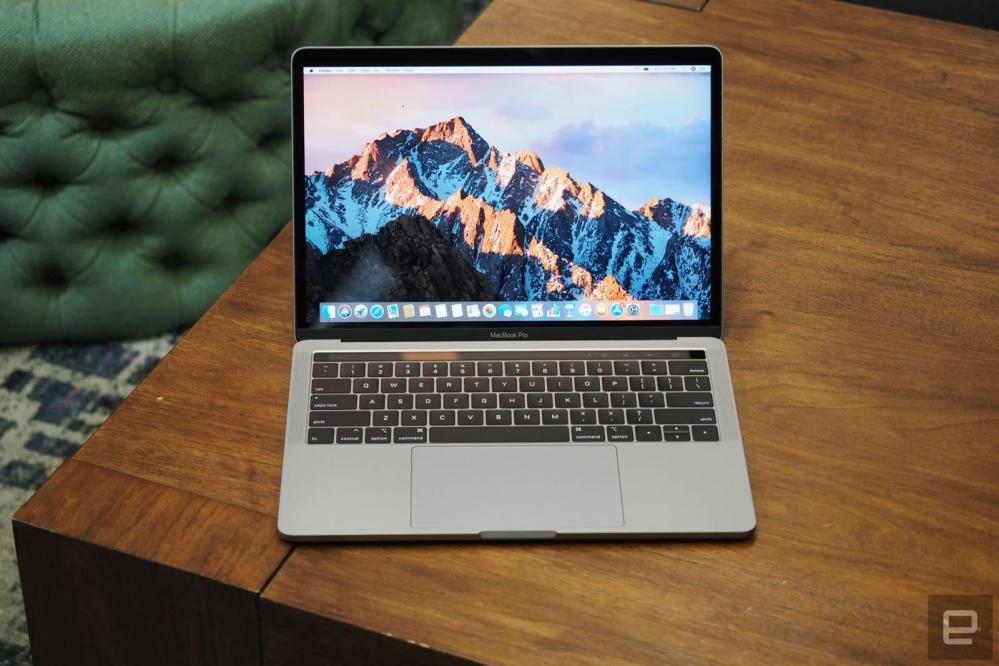Welcome to our in-depth analysis of the intriguing trend in the The Safety Shuffle NFL – the frequent cuts of safeties and their implications for the future of the market. In this article, we will delve into the reasons behind this phenomenon, the impact on player safety in the NFL, the strategies employed by teams, and provide valuable insights through sports commentary and football analysis.
The NFL, known for its ever-evolving strategies and tactics, has witnessed a significant shift in the role of safeties. The changing dynamics of player safety in the league have contributed to this trend, leading to uncertainty surrounding the future of these skilled professionals.
This shift has not only affected the game on the field but also has market implications for safeties. Many of these dedicated athletes face uncertain futures, as teams evaluate their contracts, career prospects, and overall market value.
Amidst this uncertainty, teams have been forced to adapt and employ different strategies to counter the evolving landscape of player safety. By exploring these strategies and their impact on the game, we aim to provide valuable insights into the defensive tactics utilized by NFL teams.
As we dive into NFL game analysis, we will highlight the crucial role safeties play in shaping the outcome of a match. Their contributions in preventing passes and intercepting the ball can be game-changing, making their position integral on the field.
The Changing Dynamics of NFL Safeties
In today’s NFL, the role of safeties has undergone a significant transformation, leading to a trend of their frequent cuts. With a strong emphasis on player safety in the league, teams have had to adapt their strategies and rethink the value of the safety position. Through in-depth football analysis, we will explore the changing dynamics of NFL safeties and the impact it has had on the league.
The evolution of the safety position can be attributed to the growing emphasis on player safety in the NFL. The league has implemented various measures to protect players, especially in relation to head injuries and concussions. This has led to a shift in defensive strategies, as teams prioritize limiting the risk of high-impact collisions.
As a result, safeties are no longer solely responsible for delivering bone-crushing hits. They are now expected to excel in coverage, possess excellent ball skills, and provide support in run defense. This demand for versatility has made it more challenging for safeties to secure their position on the roster.
“Safeties in today’s NFL must be cerebral players who can read offenses, anticipate plays, and make split-second decisions,” says former NFL safety Troy Polamalu. “It’s not just about being physical, it’s about having the instincts and football IQ to excel in coverage and contribute in multiple facets of the game.”
Teams have started reshaping their defensive schemes to cater to these changing dynamics. They are opting for hybrid players who can seamlessly transition between strong safety and free safety roles, blurring the traditional boundaries of the position. This flexibility allows defenses to adapt to various offensive formations and play styles, keeping offenses guessing and maximizing the effectiveness of their safeties.
Market Impact: Safeties Facing Uncertain Futures
In the ever-evolving landscape of the NFL, the frequent cuts of NFL safeties have created a ripple effect that extends beyond the playing field. These cuts have significant market impacts, leaving many safeties uncertain about their future in the league. As we delve into this topic, we will provide valuable professional football insights, shedding light on the implications of these cuts on player contracts, career prospects, and the overall market value of safeties in the NFL.
The uncertainty surrounding the future of safeties is fueled by various factors. First and foremost, teams’ strategic decisions to cut safeties indicate a shift in the value placed on this position. As the league prioritizes other defensive positions and adapts to changing offensive strategies, the role and significance of safeties may be diminishing.
“These cuts send a clear message that teams are prioritizing other positions over safeties,” explains football analyst Alex Collins. “This impacts not only the players’ contracts and career prospects, but also their perceived value in the market.”
These market shifts can lead to significant financial and career repercussions for safeties. With fewer teams actively seeking to sign or retain safeties, players at this position may face challenges in securing lucrative contracts and long-term stability. The uncertainty surrounding the market value of safeties can also affect the evaluation and negotiation process for player contracts.
“The market impacts of these cuts extend beyond just the safeties themselves,” notes NFL analyst Sarah Thompson. “These decisions affect the overall dynamics of team building and defensive strategies, as well as the perception and expectations of safeties in the league.”
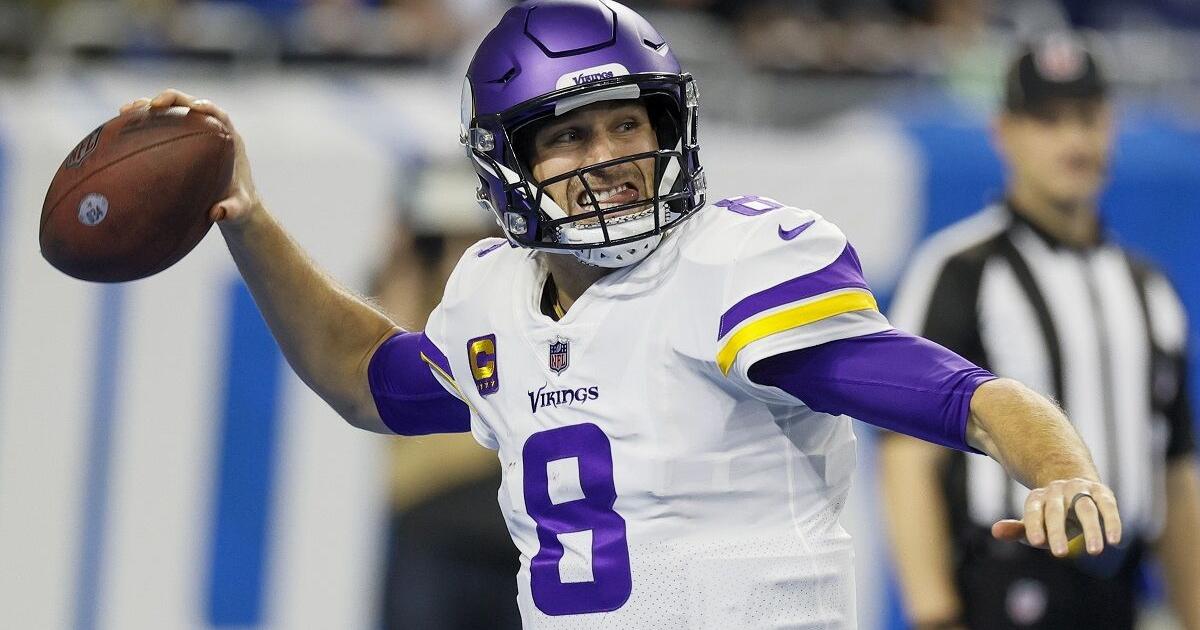
Strategies Employed by NFL Teams
In response to the trend of cutting safeties in the NFL, teams have adapted their defensive tactics and strategies. These adaptations reflect the ever-changing dynamics of player safety in the league, as well as the overall significance of the safety position in the game. In this section, we will explore the various strategies employed by NFL teams and evaluate their effectiveness through professional football insights.
One strategy that teams have utilized is shifting their defensive formations to prioritize versatility and agility. By deploying hybrid safeties who can effectively defend both the run and the pass, teams can maintain a solid defensive line while adapting to the evolving game. This approach allows for greater flexibility in responding to offensive plays and minimizes the vulnerabilities caused by cutting safeties.
“The ability to seamlessly transition between coverage and tackling is crucial in today’s NFL, where offenses are becoming increasingly dynamic. Teams are recognizing the importance of hybrid safeties who can excel in multiple defensive roles.”
Additionally, teams have been investing heavily in implementing advanced analytics and data-driven strategies. By leveraging technology and data analysis, teams can gain valuable insights into opponents’ offensive tendencies, enabling them to devise effective defensive schemes. This analytical approach allows teams to identify weaknesses in opposing offenses and exploit them strategically, compensating for the absence of traditional safeties.
Furthermore, some teams have prioritized building a strong and cohesive secondary unit to compensate for the absence of seasoned safeties. By emphasizing communication and coordination among cornerbacks and safeties, teams can create a formidable defensive backfield that can collectively cover multiple areas of the field. This approach minimizes the impact of losing individual safeties and ensures a strong defensive performance.
Through these various strategies, NFL teams are adapting to the trend of cutting safeties. They are reevaluating defensive formations, harnessing the power of data analytics, and fostering cohesion within the secondary unit. By employing these tactics, teams aim to maintain their defensive prowess and mitigate the potential drawbacks of losing experienced safeties.
The Role of Safeties in NFL Game Analysis
In order to fully understand the intricacies of NFL game analysis, it is essential to recognize the vital role that safeties play on the field. Safeties have a significant impact on a team’s defensive scheme and can greatly influence the outcome of a game through their contributions in preventing and intercepting passes.
When analyzing an NFL game, football experts carefully study the performance of safeties as they provide valuable insights into the overall defensive strategies employed by teams. By examining the decisions and actions taken by safeties throughout a game, analysts can gain a deeper understanding of how defensive schemes are executed and the effectiveness of different strategies.
Football analysis allows us to dissect key moments where safeties make game-changing plays. Whether it’s a crucial interception, a bone-rattling tackle, or a well-timed blitz, the impact of a safety’s decision-making and execution cannot be understated.
Furthermore, safeties have the responsibility of providing coverage support and ensuring that the defense remains cohesive. They act as the last line of defense, positioning themselves strategically to prevent deep passes and break up potential scoring plays.
By studying NFL game analysis, football enthusiasts and sports commentators gain valuable insights into the significance of safeties within the game. They can observe how a safety’s positioning and decision-making affect the flow and outcome of a match. Additionally, analysts can identify patterns and tendencies in a safety’s playstyle, allowing them to assess their overall impact on the team’s defensive performance.
Impact on Defensive Schemes
| Defensive Scheme | Role of Safeties |
|---|---|
| Man-to-man coverage | Require safeties to provide deep coverage and help defend against explosive plays. |
| Zone coverage | Safeties are crucial in patrolling specific areas of the field, providing assistance to cornerbacks and linebackers. |
| Blitz packages | Safeties can contribute to pass rush or provide coverage support when other defenders are blitzing. |
As the game continues to evolve, so do the defensive schemes utilized by NFL teams. The adaptability and versatility of safeties make them a crucial component of any successful defensive strategy.
To illustrate the significance of safeties in The Safety Shuffle NFL game analysis, let’s take a closer look at a memorable play from a recent game:
- A quarterback drops back to pass and looks downfield for an open receiver.
- The defense employs a zone coverage scheme, with safeties responsible for specific zones.
- One safety expertly reads the play, recognizes the intended target, and quickly closes in on the receiver.
- With impeccable timing and technique, the safety leaps to intercept the pass, quickly transitioning the possession in favor of their team.
This example showcases the crucial role of a safety in disrupting the opposing team’s offense and creating game-changing opportunities for their own team. It exemplifies their ability to impact the outcome of a game through intelligent decision-making, positioning, and execution.
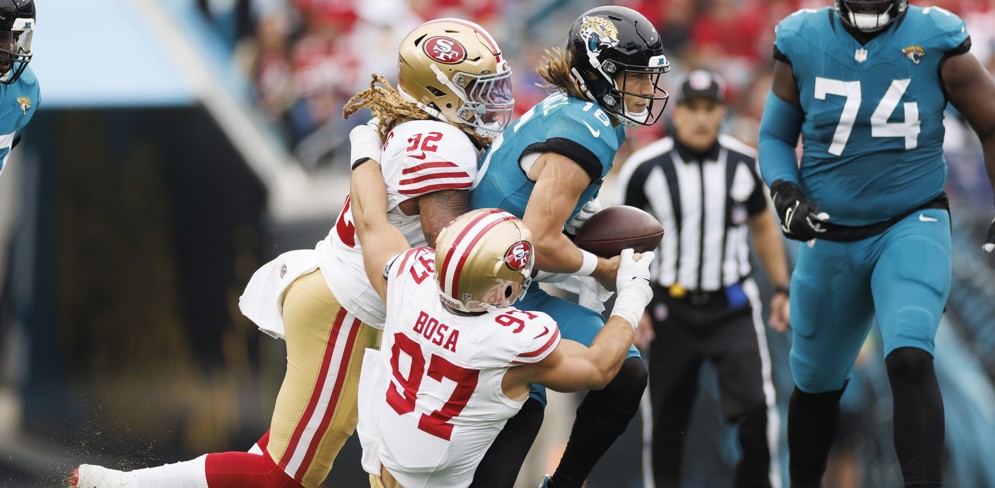
By analyzing the impact of safeties in The Safety Shuffle NFL games, football enthusiasts gain a deeper understanding of the game’s strategies, the role of defensive players, and the dynamics of individual matchups. The insights derived from this analysis contribute to a richer appreciation of the sport and a more informed perspective on team performances.
Evaluating Safeties: Key Factors and Metrics
In the world of The Safety Shuffle NFL safety. Performance evaluation plays a crucial role in determining the success and future of players at this position. Teams, analysts, and scouts rely on specific factors and metrics to assess the effectiveness of safeties in different aspects of the game. By delving into these evaluation criteria, we can gain a deeper understanding of what makes a safety stand out and how these assessments influence decisions regarding player retention or cuts.
Factors Considered in Safety Evaluations
When evaluating the performance of The Safety Shuffle NFL safeties, several key factors come into play. These include:
- Coverage Skills: The ability to defend against passes, provide tight coverage, and make interceptions.
- Tackling Technique: The proficiency in tackling, delivering impactful hits, and preventing gains by the opposing team.
- Football IQ: The understanding of the game, situational awareness, and decision-making on the field.
- Range: The capacity to cover a large area of the field, helping in pass defense and providing support to other defenders.
- Physicality: The strength, speed, and agility to engage with opponents, break up plays, and disrupt the opposition’s offense.
These factors collectively contribute to the overall evaluation of a safety’s performance, providing insights into their capabilities and impact on the team.
Metrics Used in Safety Evaluations
Alongside the key factors, various metrics are employed to measure the statistical performance of safeties. These metrics include:
- Pass Deflections (PD): The number of passes defended by a safety, indicating their ability to disrupt opposing offenses.
- Tackles: The total number of tackles made by a safety, showcasing their involvement in stopping the opposing team’s offense.
- Interceptions: The number of interceptions made by a safety, highlighting their ability to read and react to plays.
- Forced Fumbles: The instances where a safety causes a fumble, disrupting the opposing team’s possession.
- Defensive Stops: The number of plays in which a safety makes a tackle or forces an offensive failure.
| Player | Pass Deflections | Tackles | Interceptions |
|---|---|---|---|
| Player A | 15 | 80 | 4 |
| Player B | 10 | 100 | 3 |
| Player C | 18 | 70 | 5 |
In the table above, we can observe a comparison of three safeties based on pass deflections, tackles, and interceptions. This data provides a snapshot of their performance, allowing for a meaningful evaluation of their contributions to the team. By analyzing the metrics alongside the key factors, teams can make well-informed decisions regarding player cuts or retention.
The Future of NFL Safeties: Adaptation and Evolution
In the ever-changing landscape of the The Safety Shuffle NFL, safeties are facing new challenges and opportunities. As the game evolves, so too must their playing style and techniques to remain valuable in the league. In this section, we will explore the future of NFL safeties and provide professional football insights. Into the strategies and adaptations they may need to undergo.
One of the key factors driving the need for adaptation is the increasing emphasis on player safety in the NFL. With a focus on reducing injuries and concussions. Safeties are tasked with making crucial split-second decisions to protect both themselves and their teammates. This requires a combination of athleticism, awareness, and technique.
As the league continues to implement rule changes and safety protocols, safeties must constantly adapt their approach to the game. They need to refine their tackling techniques, improve their coverage skills. And develop a deeper understanding of offensive schemes to anticipate and counteract plays effectively.
Frequently Asked Questions
The Safety Shuffle: What is the trend of cutting safeties in the NFL?
The trend of cutting safeties in the NFL. Refers to the frequent release or reduction of playing time for safeties by teams. This trend has implications for the future of the safety market in terms of player safety. Strategic adaptations, and career prospects.
The Safety Shuffle: Why are NFL teams cutting safeties?
NFL teams are cutting safeties for various reasons, including changes in defensive strategies, evolving player roles, salary considerations. And the need to adapt to the modern game. These cuts reflect the dynamic landscape of the NFL and the constant pursuit of better performance and optimization.
How does cutting safeties affect player safety in the NFL?
Cutting safeties can potentially impact player safety in the NFL. As it reduces the number of skilled players who specialize in defending against passing plays and providing coverage.
What strategies are NFL teams using to adapt to the trend of cutting safeties?
NFL teams are employing various strategies to adapt to the trend of cutting safeties. These strategies may involve utilizing different defensive formations. Shifting responsibilities among other defensive players, implementing hybrid roles, or focusing on different skill sets in new defensive recruits.
How do safeties contribute to NFL game analysis?
Safeties play a crucial role in NFL game analysis as they have significant impact on a team’s defensive scheme. Pass coverage, and ability to generate turnovers. Analyzing safeties’ decisions, positioning, and performance can provide valuable insights into a team’s defensive strengths and weaknesses.
The Safety Shuffle: What are the key factors and metrics used to evaluate the performance of NFL safeties?
Evaluating the performance of NFL safeties involves considering a range of factors and metrics, such as their tackling ability. Pass coverage skills, play recognition, ball skills, versatility, leadership qualities, and overall impact on the game. Analysts and teams often use film study, statistical analysis, and scouting reports to evaluate these aspects.
The Safety Shuffle: How are safeties adapting and evolving in the modern NFL?
Safeties are adapting and evolving in the modern NFL by expanding their skill sets. Focusing on versatility, and being more involved in run defense, pass rushing, and coverage against tight ends and slot receivers.
The Safety Shuffle: What is the future of NFL safeties amidst the trend of cutting them?
The future of NFL safeties is likely to involve adaptation and evolution to meet the changing demands of the game.
The Safety Shuffle: How do the cuts of safeties in the NFL impact the market for the position?
The cuts of safeties in the NFL can create uncertainty in the market for the position. The value and market demand for safeties may fluctuate as teams adjust their defensive strategies and preferences. Safeties may need to prove their versatility and adaptability to secure contracts and maintain their market value.
For more informations: https://apnews.com/article/nfl-free-agency-safeties-simmons-b9ca043f75e36f1094343203203de6fb





